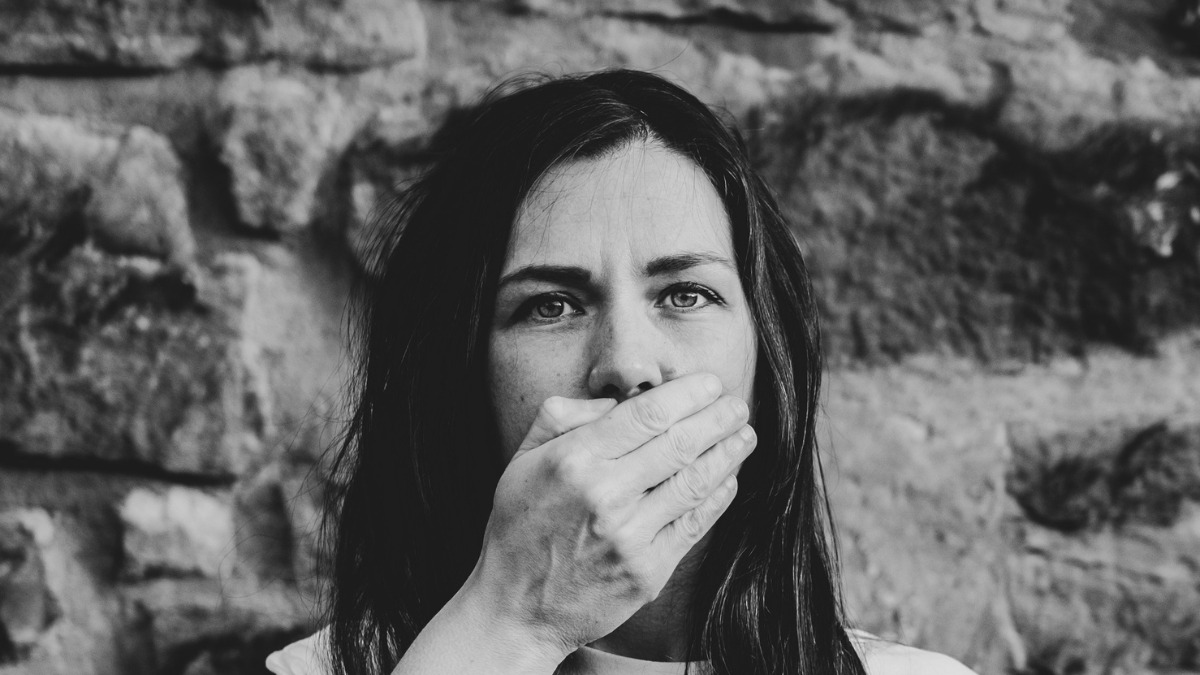


God is an artist. In fact, that is the first thing we learn about Him: “In the beginning, God created.”
This fundamental fact about God compelled the church for centuries to be at the vanguard of the creative arts. Some of the great paintings, architecture, music, and literature of world history would not exist without the church and Christian artists.
But today…not so much. Though that may be changing.
Artists such as Makoto Fujimura are helping the 21st century church understand the role art can play in glorifying God and in communicating the good, the true, and the beautiful to a culture. Fujimura is fond of saying that “artists are like the shepherds of Bethlehem. They are the first to see the glory of God.” Artists see things the rest of us often do not, and their abilities – if nurtured in the church – can help us see those things too.
That’s why some organizations and even some local churches are re-engaging with the arts. Christ Church Santa Fe, a Presbyterian Church in America congregation, commissioned New Mexico artist Maricruz Sibaja to create a “crowning piece of permanent art to capture the spirit of the Christ-centered culture of Santa Fe in light of its Spanish roots.” Sibaja created a mural depicting the ascension of Jesus.
Woodmen Valley Chapel in Colorado Springs commissioned a piece by Makoto Fujimura for its building. The painting was paid for by a donor and loaned to the church, hanging in the facility for five years before becoming a part of the donor’s collection. Matt Heard was senior pastor of Woodmen Valley then, and he continues to serve on the board of the International Arts Movement, founded by Fujimura.
Also in Colorado Springs is St. George’s Anglican Church, located in the city’s downtown area. Though “The Springs,” as locals sometimes call it, is known for its evangelical organizations, it also sometimes divides between its evangelical and secular cultures. St. George’s is using the arts to bridge that divide. It hosts a monthly lecture open to the public called “Downtown Discourse.” Once a quarter the church hosts a concert featuring a string quartet, and the church uses its historic and newly renovated space as an art gallery that is featured in the city’s First Friday art walks.
Sarah Stonestreet is the Director of Community Outreach for the church. She says the goal of these efforts is to “provide beauty for our own parishioners and to be a presence in the community promoting and providing the good, true, and beautiful.” She said these efforts were a way for the church to “love its neighbors” by doing “small, tangible things” for the community.
If Colorado Springs is a hub of evangelical activity, Austin, Tex., may be on the other side of the cultural divide. Often called a blue island in a red state, Austin is known more for its funky vibe, and residents who are proud of it. A popular bumper sticker is “Keep Austin Weird.” Music and arts are seen as community assets, part of the cultural landscape and the vocabulary of community conversations.
That’s one reason University of Texas art professor and printmaker Tim High wanted his church, Austin Oaks Church, to take a more active role in the Austin arts scene. High uses art to educate his church about what is going on in Austin and to introduce Austin to the church. Working with architect John Jackson, the two turned the church’s large lobby into a carefully curated and constantly changing art gallery. The gallery has included the work of nationally known printmakers and painters.
High points out one of the difficulties in curating an art gallery in a church: Artists ask tough questions and push accepted boundaries. Finding art that is not kitschy but which honors the venue and the church-goers – including children – who will see the exhibits can be difficult. “We are always walking on a razor blade,” he told WORLD Magazine.
And sometimes churches get cut. WORLD also highlighted Louisville’s Sojourn Church, a congregation that opened its space to local bands. For a while, things went well. The musicians loved the acoustics and the price of this new performance space. Then, a local alternative newspaper ran a story that read: “They’re young, involved, and socially aware—and think being gay is a sin. How does Sojourn Church square its progressive image with some of its more regressive ideas?” The story killed the vibe, and though the church continues to thrive, the concerts ended soon after the story ran.
Despite such challenges, efforts continue, and their numbers seem to be growing. Art House America, a community of Christians founded in Nashville by musician and producer Charlie Peacock (recently featured here) is expanding to other cities. Musician and novelist Andrew Peterson is the center of an arts collective called The Rabbit Room, named after the room in the famous Eagle and Child tavern where C.S. Lewis and J.R.R. Tolkien fellowshipped and nurtured each other’s work.
Greg Wolfe, who founded the arts magazine Image Journal, explains why this work is so important: “It’s been a catastrophe for the church that we have abandoned high culture. One generation’s high culture has a way of becoming the next generation’s pop culture.”
A growing number of Christian artists seem to be getting that message.
Editor’s Note: This year’s Wilberforce Weekend will have as its theme “Sacred Callings: To Create, To Confront, To Cure.” Andrew Peterson will be a featured speaker and will perform a concert for attendees. To learn more: www.wilberforceweekend.org
Have a Follow-up Question?
Want to dig deeper?
If you want to challenge yourself as many others have done, sign up below.
Webinars
Short Courses
Up
Next














